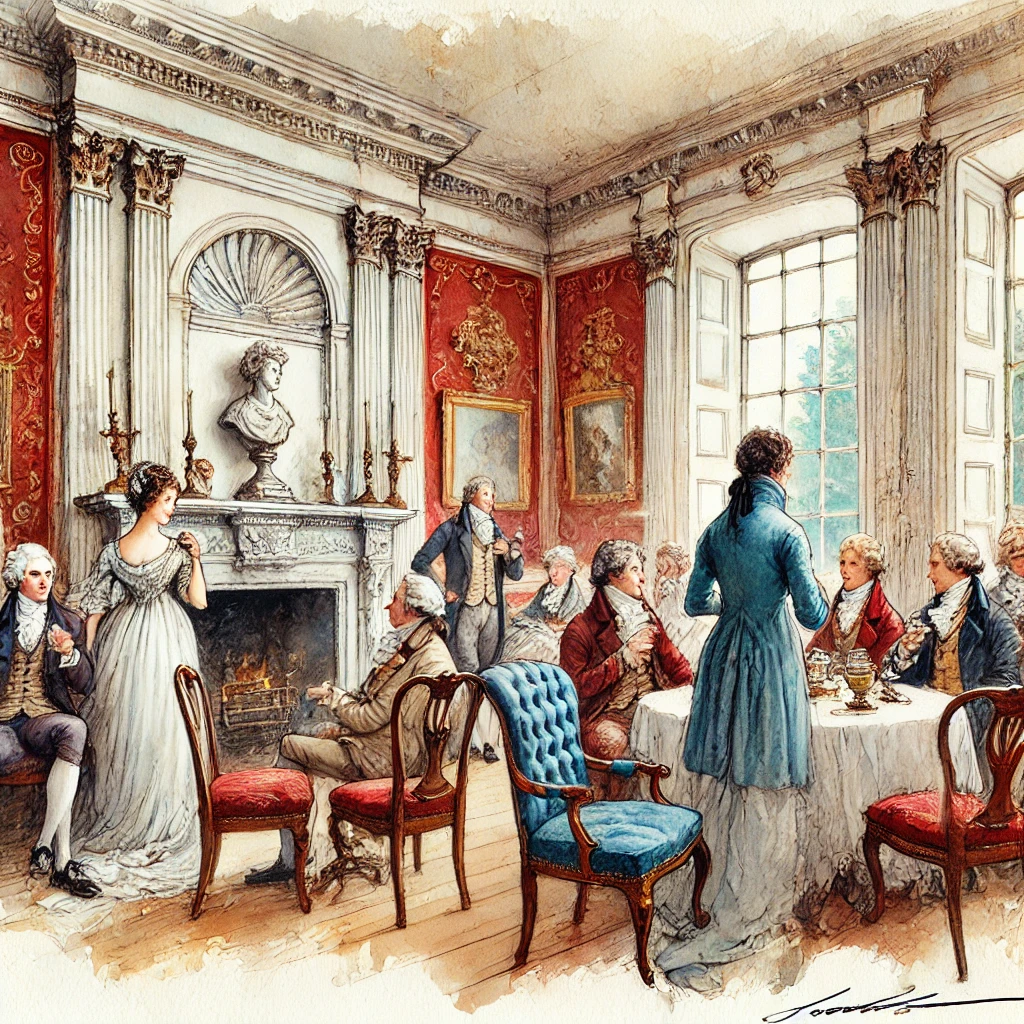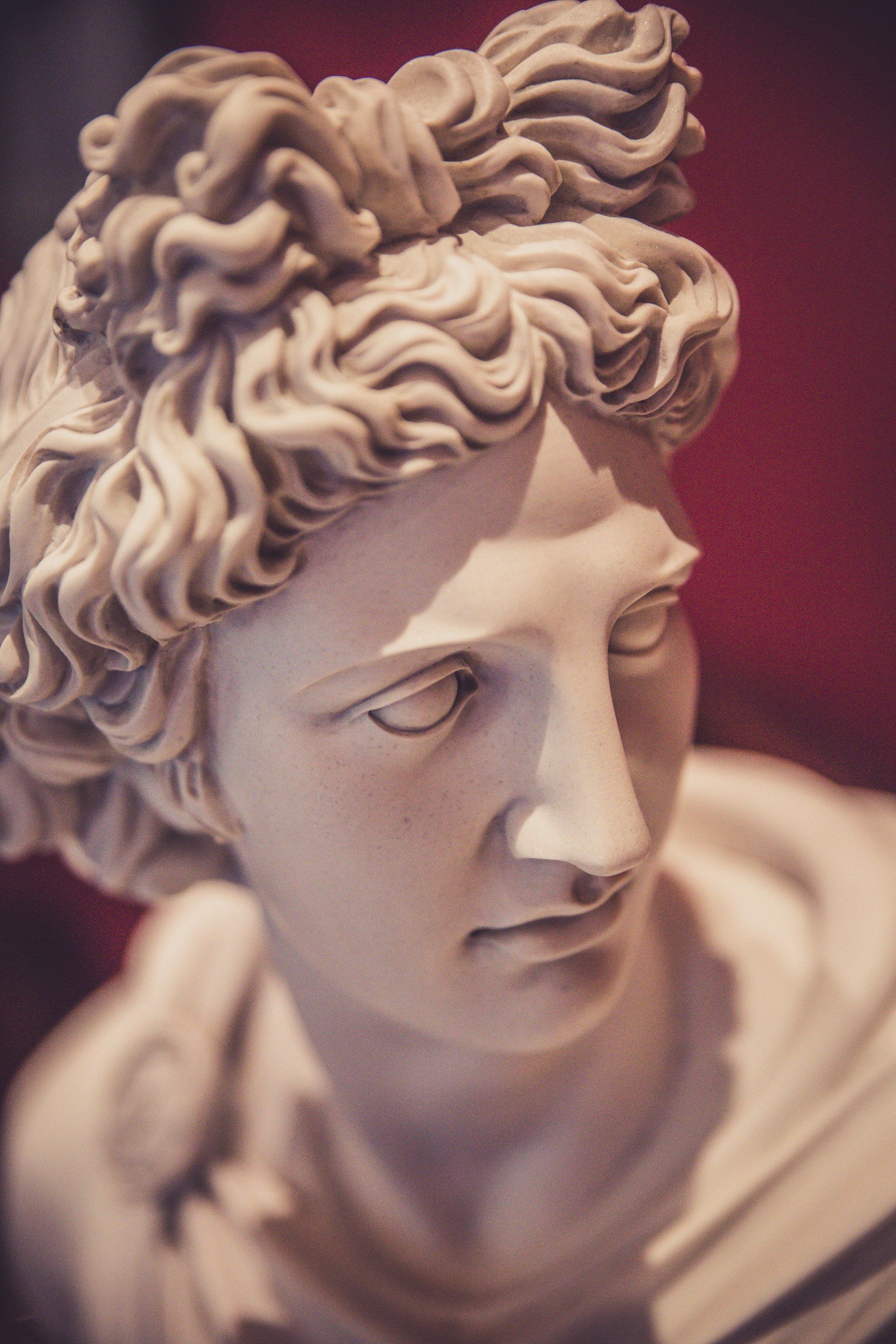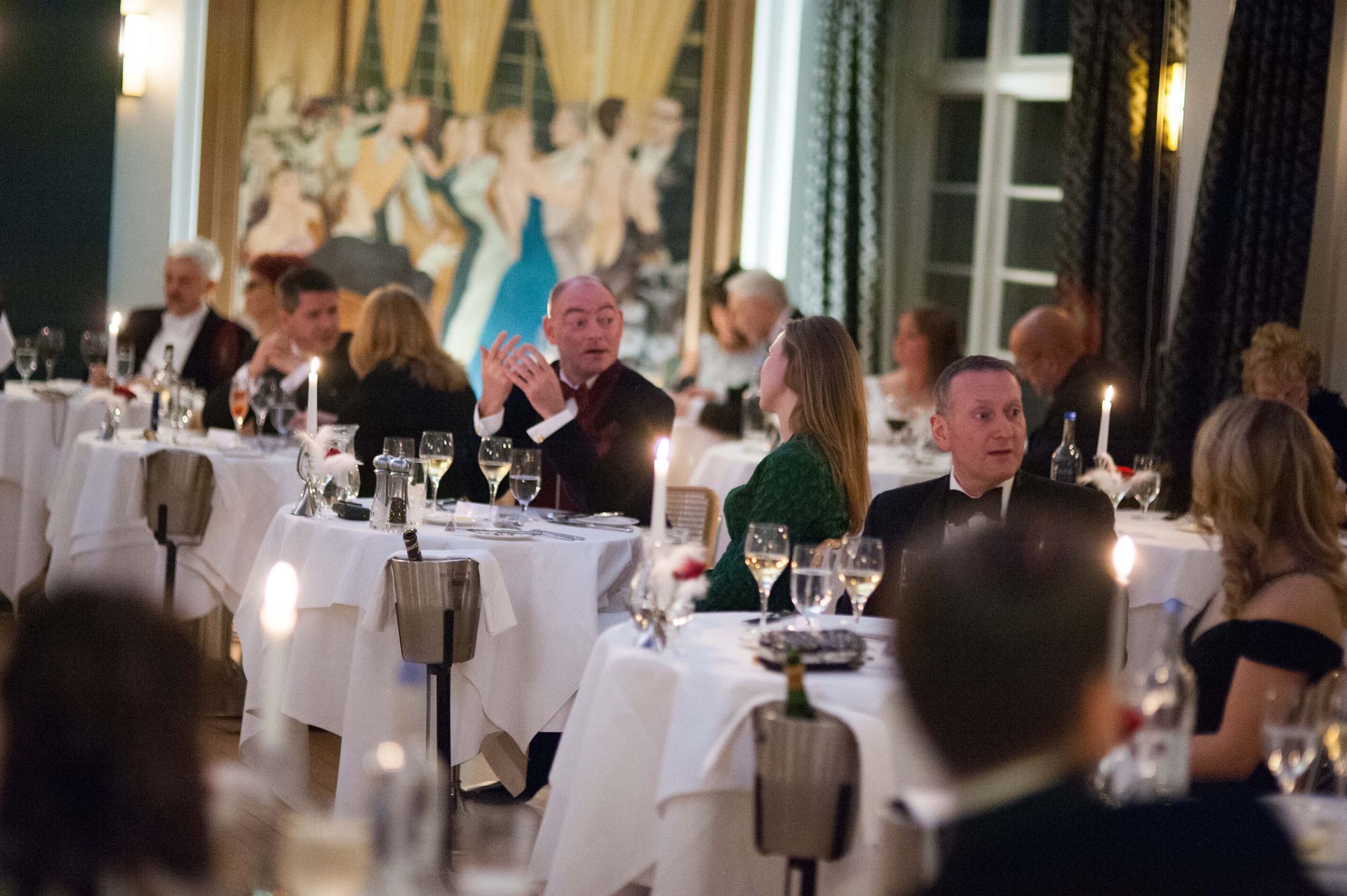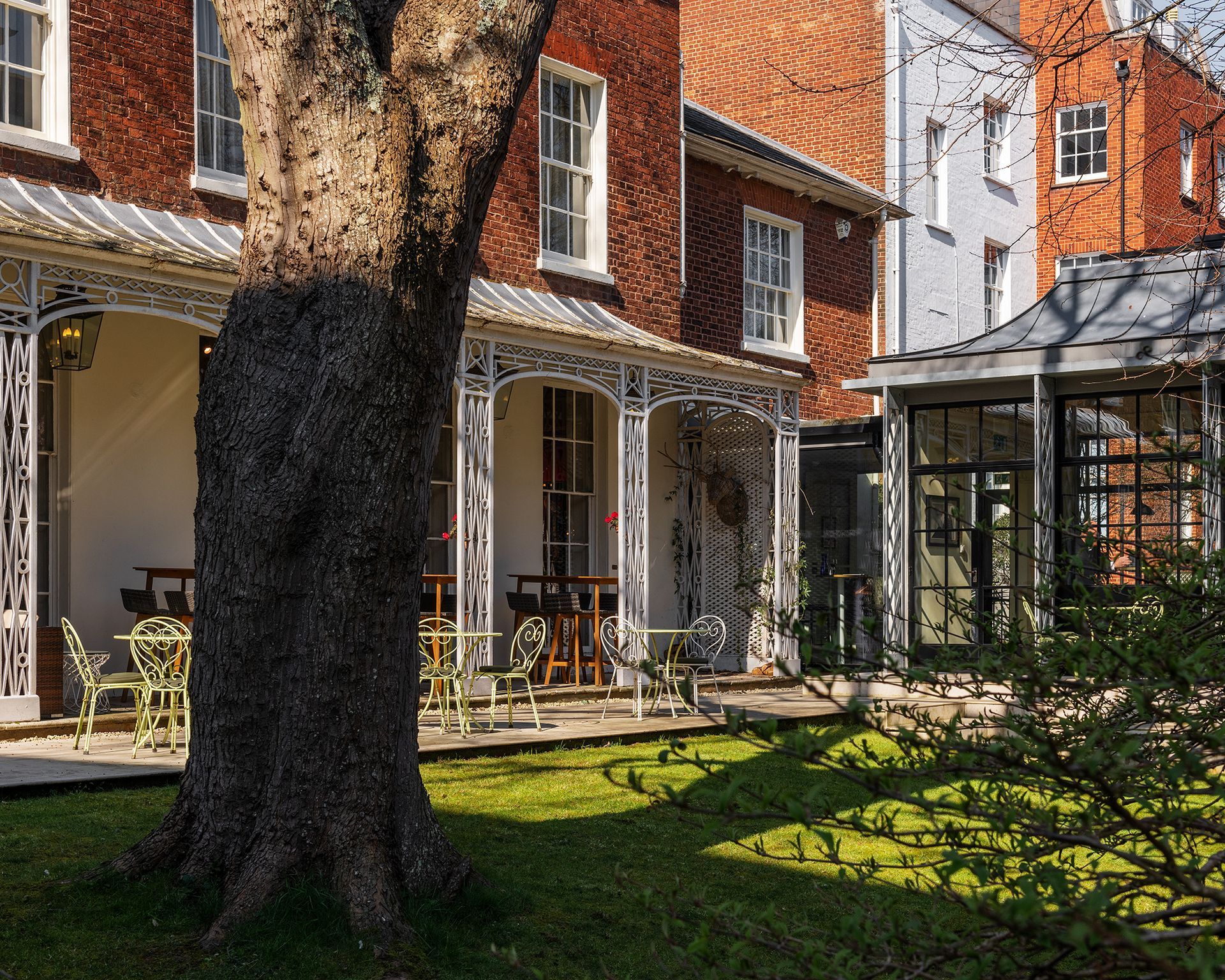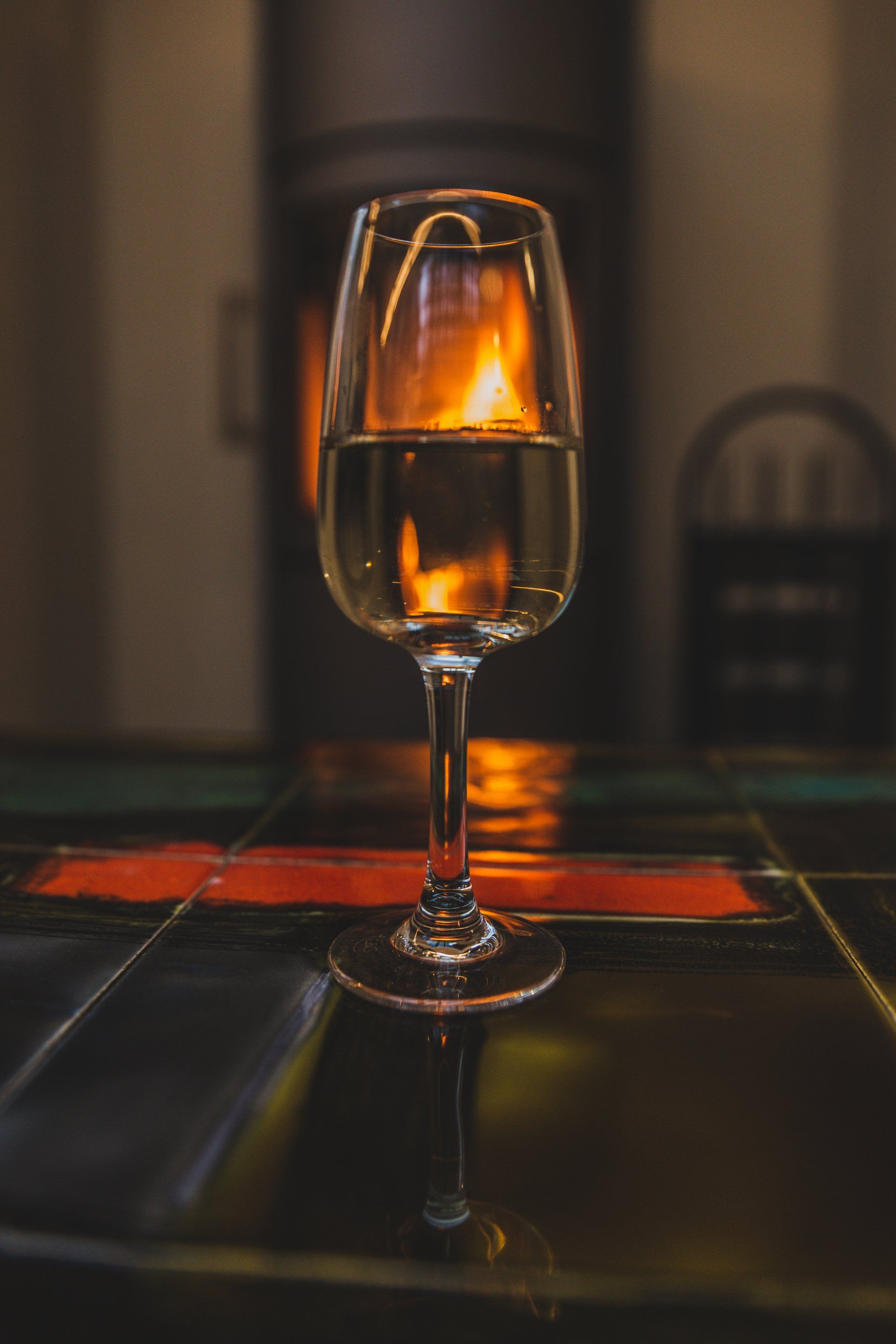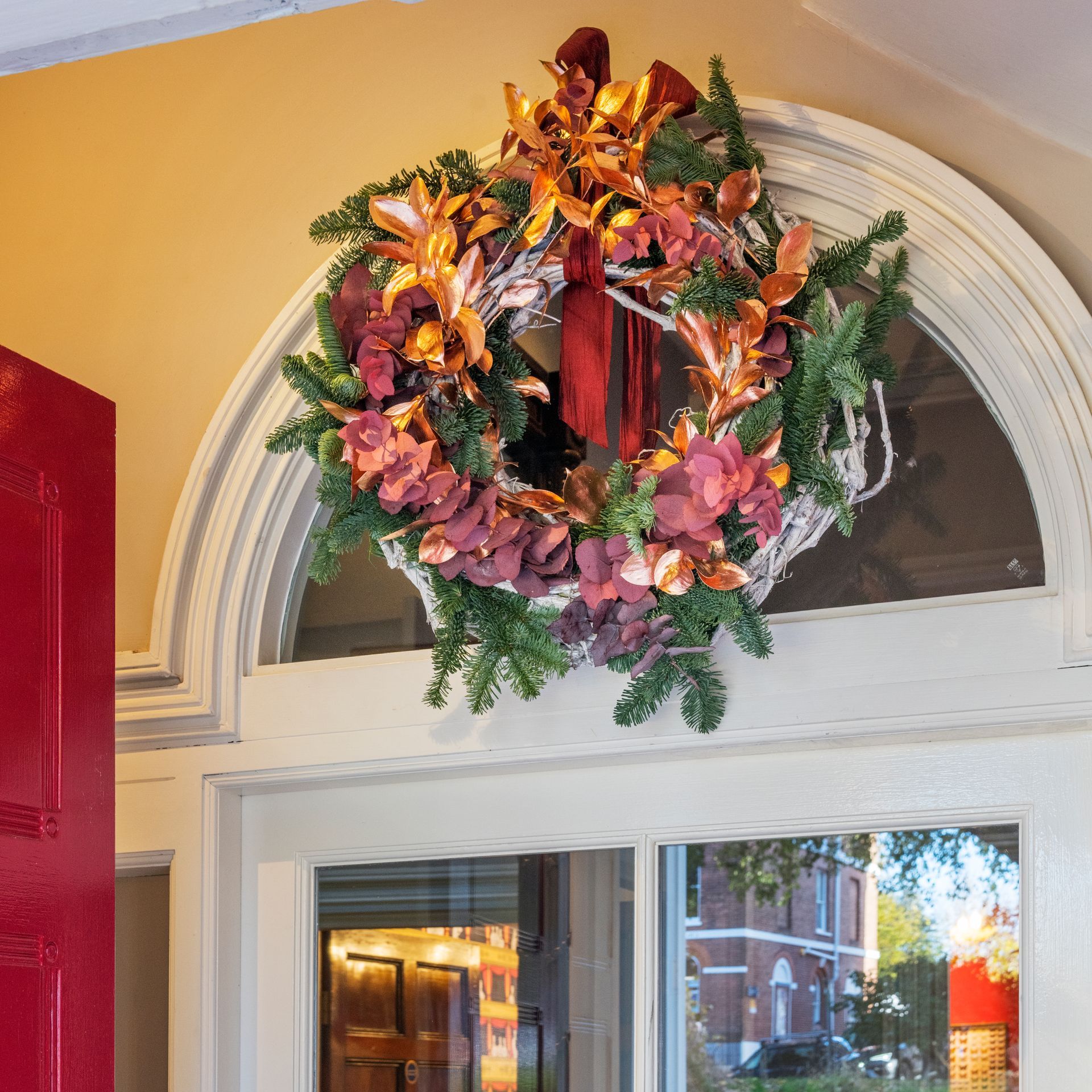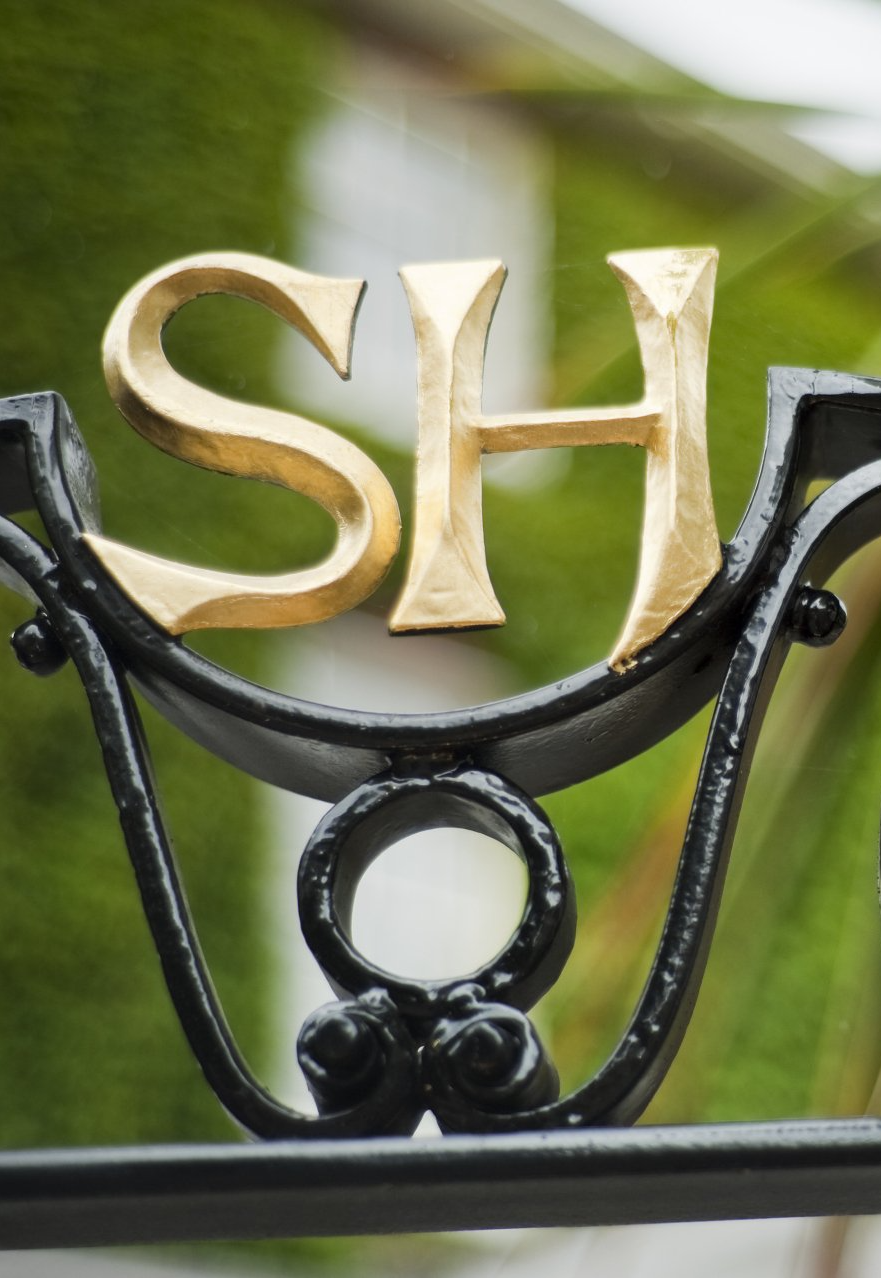Spinning It Back
Women, Work, and the Margins of the Market
In the early medieval landscape of England, the hum of the wool trade was a familiar rhythm—woven into the very life of rural communities.
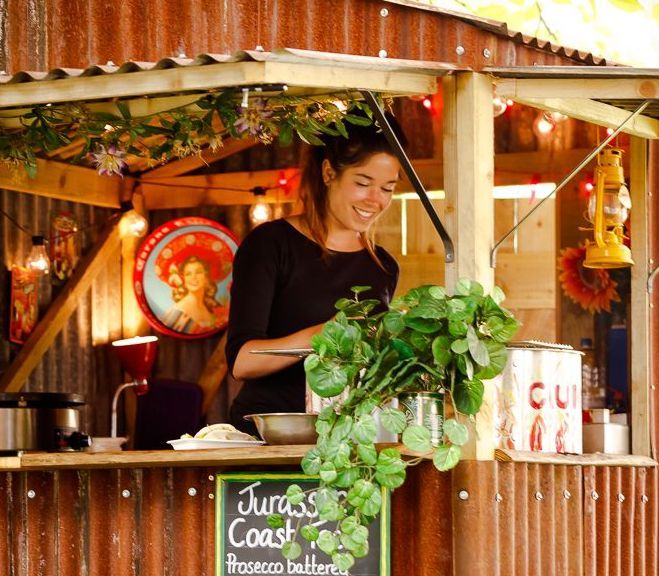
In Devon’s uplands and valleys, sheep grazed on common pasture, and their fleece passed from field to hearth in a quiet but complex domestic economy. Much of this labour was done by women. They washed, carded, spun, wove, and dyed—often in communal or household settings—forming the invisible infrastructure behind one of England’s most lucrative export trades. And yet, when we speak of trade in the medieval period, women are largely absent from the record. Their names are missing from charters, guild rolls, and merchant accounts. This is not simply an archival omission; it reflects a broader systemic exclusion that emerged as markets and economies formalised.
Beginning in the 10th and 11th centuries and accelerating in the High Middle Ages, towns like Exeter received royal and seigneurial market charters—legal instruments that allowed towns to hold regular markets and occasional fairs. These charters were part of a broader shift from informal, village-based exchange systems to regulated urban trade. Markets became centralised, codified, and monetised. Weekly market days, once organic extensions of rural life, became juridical spaces, embedded in a system of tolls, rents, and permissions. This process coincided with the emergence of guilds: closed, male-dominated institutions that governed entry into skilled trades, controlled pricing, and set quality standards. Women, who had long been the primary processors of wool and linen, found themselves increasingly pushed to the periphery. The very tasks they had historically mastered were now classified as “low-value” or “domestic”—while the more visible, public-facing aspects of the trade (such as cloth-finishing, exporting, and merchanting) were reserved for men.
Importantly, this shift wasn’t neutral. It reflected a deliberate gendering of economic space, in which public commerce was masculinised, and female economic agency was systematically diminished. Women’s work continued—behind doors, in backyards, within households—but their presence was stripped of formal recognition, legal autonomy, and financial leverage. In many rural communities, female independence itself became suspect. The figure of the older, unmarried woman—often a healer, spinner, or midwife—was increasingly recast not as a contributor to the local economy, but as a threat to male order. The rise of market regulation, land enclosures, and professionalisation in the early modern period maps uneasily—but strikingly—onto the rise of witchcraft accusations.
Fast forward to the present, and a curious reversal appears. In the world of farmers’ markets, craft fairs, and micro-enterprise, it is often women—young and old—who are most visible behind the stalls. They are growers, weavers, bakers, potters, cheesemakers. They are reviving traditional crafts, forming collectives, and reimagining rural economies with a strong ethos of sustainability, locality, and creativity. At first glance, this might appear to be a kind of historical correction: the return of the cottage industry, this time on women’s terms. But the picture is more complicated.
While these women are reclaiming space in the practice of trade, the structure of trade remains largely unchanged. Who owns the land on which the markets sit? Who sets licensing fees, insurance requirements, and stall placements? Who manages the distribution of resources, funding, and visibility? These questions often point back to local councils, commercial landlords, and regulatory bodies—spaces still disproportionately dominated by men. Moreover, the language of “independence” and “localism”—so often associated with these markets—can conceal the very real challenges faced by women traders: economic precarity, lack of benefits, childcare burdens, housing insecurity, and the pressures of branding and self-promotion in a world of ingrained stereotypes.
In this sense, the marketplace is both site of possibility and site of constraint. Women have returned to it not because they were welcomed back, but because they have made space for themselves—again. And while their presence is more visible now than in the past, visibility alone is not the same as power. To walk through a thriving summer market in England is to encounter a form of economic life that is rich in memory—one that echoes with the labour of women who once spun and dyed and bartered at the margins of legitimacy. Their names may not be preserved in merchant rolls or guild minutes, but their work formed the foundation of trade.
Today’s markets are full of their descendants: women working with craft and care, rebuilding not just businesses but micro-economies—ones that prioritise resilience, interdependence, and relationship over scale and control. But for that transformation to be complete, the structures surrounding the market—regulation, recognition, support—must evolve too. The story of the market is not just about who sells—it’s about who is allowed to shape the rules of trade, and whose work is seen as valuable.
And that, as it was in 1425, is still a question worth asking in 2025.
